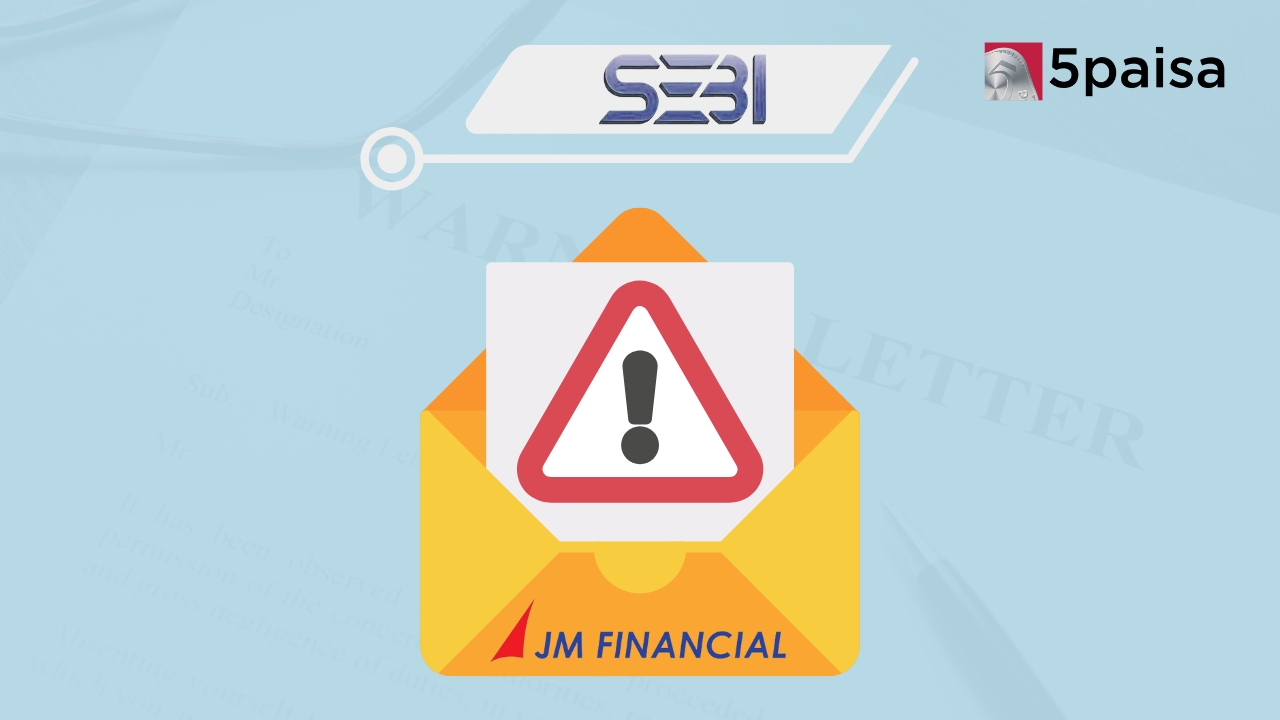EMA Partners Lists at 26% Premium, Shows Mixed Performance on NSE Emerge Test
Government Launches Tranches 3 & 4 of Sovereign Gold Bonds

Last Updated: 12th December 2023 - 05:51 pm
Two tranches of Sovereign Gold Bonds announced
The government has recently announced the next two tranches of sovereign gold bonds (SGB) as part of the Sovereign Gold Bond Scheme 2023-24. Till date, in fiscal FY24, the government has completed two tranches of SGB issues and now it has announced another 2 trances (Tranche 3 and Tranche 4). These bond issue are scheduled in December 2023 and February 2024 respectively. Given below are the details of the two forthcoming sovereign gold bond (SGB) issues.
- Sovereign Gold Bonds 2023-24 Series III will be open for subscription from 18th December 2023 to 22nd December 2023. The issue and allotment of the SGBs will be completed effective 28th December 2023.
- Sovereign Gold Bonds 2023-24 Series IV will be open for subscription from 12th February 2024 to 16th February 2023. The issue and allotment of the SGBs will be completed effective 21st February 2024.
As is the price, the issue price linked to the price of 24-carat gold will be announced at the end of the week prior to the SGB issue opening.
Key highlights of the Sovereign Gold Bond (SGB) Issues III and IV
Here are some of the major highlights of the Sovereign bond issue that investors need to be aware of.
- The SGB issue will be managed and administered by the RBI, on behalf of the government of India. SGBs will be sold through Scheduled Commercial banks (except SFBs, Payment Banks and RRBs), Stock Holding Corporation of India Limited (SHCIL), Clearing Corporation of India Limited (CCIL), designated post offices, and recognised stock exchanges (NSE and BSE).
- The SGBs can either be held in the form of certificates or in electronic form in the demat account. Investors with an internet banking account with a scheduled commercial bank or investors having internet trading accounts with exchange registered brokers can buy the sovereign gold bonds digitally. To encourage digital purchases, the government has offered an additional discount of ₹50 per gram on the price for digital applications.
- Sovereign gold bonds can be purchased by individuals, HUFs, Trusts, Universities and Charitable Institutions, with resident Indian status. NRIs and foreign citizens / foreign nationals are barred from investing in SGBs. SGBs are denominated in grams of gold and individual investors can buy minimum 1 gram of gold bonds and a maximum of 4KG in a fiscal year. In the case of trusts, universities and charitable institutions, this limit is 20KG.
- Sovereign gold bonds (SGBs) will pay interest at the rate of 2.5% per annum on the face value of the bonds (issue price) and such interest is guaranteed by the government of India. In addition, the government also guarantees the underlying gold holding in grams of gold, although the value of the holdings will depend on the market price of gold. Interest is paid out half yearly, directly into the designated bank of the investor.
- The sovereign gold bonds (SGB) can be held by individuals either in single name or in joint names. In the case of joint holdings of such gold bonds, the limit of 4KG per person in a financial year will only apply to the first holder and not to others. Cash payments are only accepted up to ₹20,000 and anything beyond that has to be in the form of cheque, DD, NEFT, RTGS, or IMPS where there is a banking audit trail available.
- How is the price of the bond fixed by the government ahead of the SGB issue? Price of SGB will be fixed in Indian Rupees on the basis of simple average of closing price of gold of 999 purity, published by the India Bullion and Jewellers Association Limited (IBJA) for the last three working days of the week preceding the subscription period. On this price, a discount of ₹50 is offered for digital subscriptions.
Having seen the basic features of the bonds let us turn to the liquidity of sovereign gold bonds (SGB).
Liquidity of sovereign gold bonds (SGB)
One of the primary considerations for investors is how to get liquidity on the bonds once it is issued, since such bonds have a maturity tenor of 8 years. That is a long time to be locked into an investment. However, there are liquidity options available.
- The first option is to hold the bonds for the full tenure of 8 years after which the same can be redeemed through the RBI special window. This approach is also tax smart as we shall see in the next paragraph.
- The second liquidity option is the redemption window offered by the RBI. The RBI, on behalf of the government of India offers, special redemption window at the end of 5th year, 6th year and 7th year. The RBI will announce the redemption price and investors can approach the special window of RBI to redeem their SGBs.
- The third liquidity option is through the secondary market listing. SGBs are listed on the NSE and BSE after 6 months of the issue. Once they are listed, they can be freely bought and sold in the secondary markets. However, it must be noted that secondary market liquidity has been generally very weak and exit options are limited.
- Finally, there is the facility to offer sovereign gold bonds (SGB) as collateral and get a loan against the amount. The government announces the loan to value (LTV) ratio for such bonds, which is normally the same as the LTV for a regular gold loan, which ranges from 75% to 85%.
Let us finally move to the all-important tax implications of sovereign gold bonds.
Tax treatment of sovereign gold bonds (SGB)
Earnings on the sovereign gold bonds arise on two fronts. First is the interest payable and the other is the capital gains which is pegged to the price of gold. Here it must be noted that sovereign gold bonds (SGBs) are classified as non-equity assets for the purpose of taxation, so that will determine the LTCG and STCG definitions. Here is how the tax treatment works under different circumstances.
- The interest on the sovereign gold bonds (SGB), currently at 2.5% per annum is fully taxable at the incremental peak rate applicable to the investor. There will be no TDS deduction done on interest payout and hence the onus is on the investor to report and pay the tax accordingly.
- Being non-equity asset, gains will be classified as short term capital gains (STCG) if held for less than 3 years. This is only possible in SGB if one or both sides of the transaction is a secondary market transaction. Such gains will be treated as short term capital gains and taxed at the peak incremental rates.
- If the SGB is held for more than 3 years but less than 8 years (full tenure), it will be treated as long term capital gains and taxed at 20% with indexation benefits. This includes utilizing the RBI special window at the end of the fifth, sixth or the seventh year for early redemption.
- Finally, if the SGB is held for the full tenure of 8 years, then the entire capital gains are tax-free. This is a special benefit given by the government to promote digital holdings of gold. Investors would better off making the best of this facility.
Today adding gold to the portfolio is not just a good hedge, but can also outperform in difficult economic conditions. SGB can be an interesting way to add gold to your portfolio, without the hassles of holding physical gold.
- Flat ₹20 Brokerage
- Next-gen Trading
- Advance Charting
- Actionable Ideas
Trending on 5paisa
01
 5paisa Research Team
5paisa Research Team
06
 5paisa Research Team
5paisa Research Team
IPOs Related Articles
Disclaimer: Investment in securities market are subject to market risks, read all the related documents carefully before investing. For detailed disclaimer please Click here.



